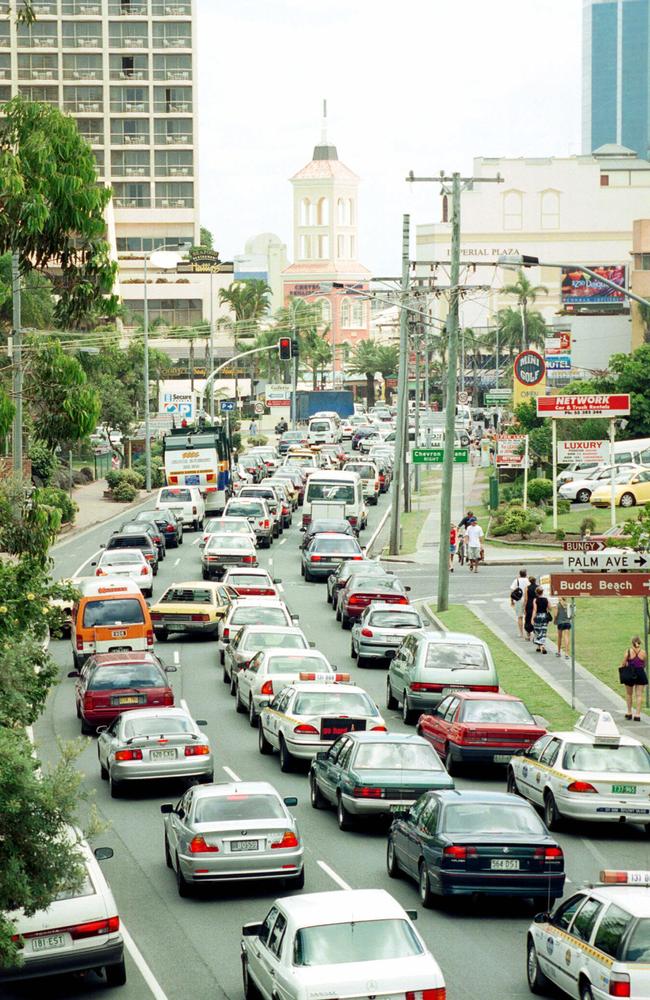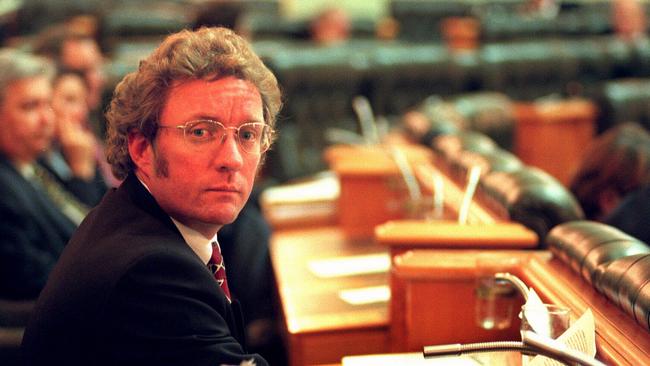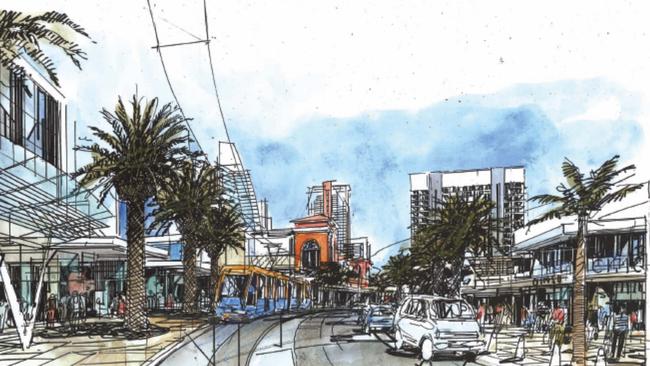Gold Coast traffic: State Government’s solution to gridlock
The state government unveiled a blueprint to solve the Gold Coast’s traffic gridlock. But things didn’t go to plan at all. This is why.
Transport
Don't miss out on the headlines from Transport. Followed categories will be added to My News.
PREDICTING the future is never easy.
This week the Bulletin hosted its long-awaited Future Gold Coast forum at Sea World where some of the city’s brightest minds, plus nationally recognised demographers gave their pitches for what is needed by 2032.
Light and heavy rail extensions, a revamped brand, big name air carriers and new attractions are key among them.
With the Olympic Games a decade away and the city’s population due to top 1 million by 2041, it’s now in the hands of political leaders to make these dreams a reality.

It’s certainly not the first time someone has tried to picture the Gold Coast of the future.
Queensland was a very different place in April 2001 when the state government’s Department of Transport and Main Roads unveiled its vision for the Gold Coast in the then-far-away year of 2007.
This view of what is now 15 years ago, didn’t quite come to pass the way they hoped.
“In 2007, ferries will ply between the Broadwater and Broadbeach, the Tugun bypass will be in use and development of the Gold Coast light rail will be well under way,” the Bulletin reported at the time.

The state report warned the Gold Coast faced gridlock and heavy congestion unless significant funding was spent on upgrading the city’s arterial roads and carparking was stripped back to encourage public transport.
Then-Transport Minister Steve Bredhauer unveiled the key ways the city needed to change by 2007: “more bus services and better connections between rail and bus; a detailed examination of a light-rail plan; an arterial road network to take trips off the Gold Coast Highway; and completion of the Tugun bypass.”
Ferry services were to be supplied by the private sector.

Now, with 15 years of hindsight, we know how much of this was actually achieved – not a lot.
While bus and rail connectivity was indeed improved, any further extension of the heavy rail network wasn’t completed until 2009 when the Varsity Lakes station opened.
The light rail and its subsequent route weren’t locked in until 2007 and construction didn’t begin until 2011 after the Rudd Government ended years of delays by funding the project. It took its first passengers in 2014.
As for ferry services, several proposals were mooted and failed to gain funding over nearly 20 years until the Gold Coast City Council finally stepped in.
The HOPO ferry service finally began operating in late 2019.





